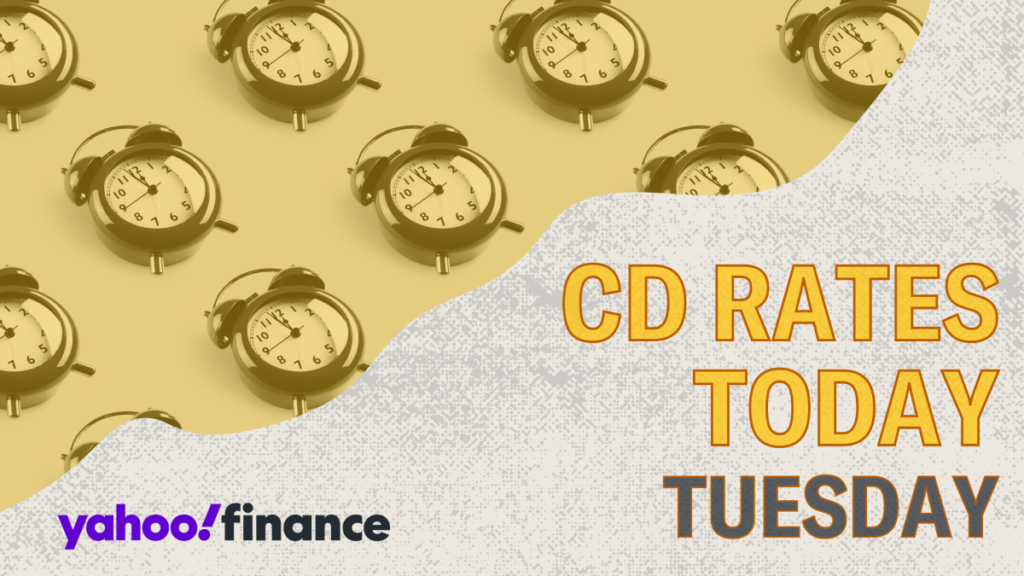In the context of shifting economic conditions, the Federal Reserve recently lowered the federal funds rate, leading to a decrease in deposit account rates. This environment presents a unique opportunity for consumers to secure competitive returns through Certificates of Deposit (CDs), with some of the best accounts currently offering rates above 4%. As of November 2024, short-term CDs (with durations of six to twelve months) are offering an average Annual Percentage Yield (APY) between 4.00% and 4.50%. Even medium-term CDs (spanning one to three years) tend to present similar rates, although they may gradually decline as the term lengthens. On the other hand, long-term CDs, generally extending over three years, usually offer lower rates, nearing 4% or below. Capital One is currently leading the market with its 11-month CD that comes without a minimum opening deposit, making it one of the most appealing options for savers.
Reflecting on historical patterns, the landscape of CD rates has fluctuated significantly due to various economic peaks and troughs. The 2000s were characterized by the dot-com bubble followed by the 2008 global financial crisis, which prompted substantial reductions in CD rates as the economy weakened and the Fed took measures to stimulate growth. By 2009, the average one-year CD had dipped to around 1% APY, with five-year CDs averaging below 2% APY. Throughout the 2010s, persistent low rates continued as the Fed maintained interest rates near zero following the Great Recession. For instance, by 2013, 6-month CDs were yielding approximately 0.1% APY, indicating the prolonged period of minimal returns for savers. However, the economic landscape began to shift from 2015 to 2018 when the Fed gradually increased rates, resulting in modest recoveries of CD rates until the onset of the COVID-19 pandemic.
The pandemic precipitated emergency rate cuts by the Federal Reserve, which again dragged CD rates down to historically low levels. Nevertheless, as inflation surged post-pandemic, the Fed was prompted to implement a series of rate hikes totaling eleven between March 2022 and July 2023. This sustained increase in rates resulted in higher yields on loans and savings products, including CDs, contributing to an upswing in consumer returns. By September 2024, the Fed began to reduce the federal funds rate, signaling a gradual decline in CD rates from their previous peaks. Despite the current decrease, CD rates remain historically high and more favorable than in the majority of the last decade.
Traditionally, consumers could expect higher interest rates from longer-term CDs due to the risk associated with locking in funds for extended periods. However, in today’s market, the pattern has inverted as the highest average CD rates currently belong to 12-month terms. This anomaly reflects a flattening yield curve, often indicative of uncertain economic conditions or investor expectations of declining future interest rates—factors that influence consumer decision-making when considering CDs. This shift can prompt savers to reconsider conventional strategies in favor of more flexible short-term options.
When selecting a CD, it’s crucial to comprehend that the highest APY is only a part of the overall evaluation process. Potential investors should carefully consider their goals, particularly how long they are willing to lock away their funds, as early withdrawals can incur significant penalties. The landscape of financial institutions also heavily influences CD rates; online banks often provide superior rates compared to traditional institutions due to lower operational costs. Therefore, it’s wise for consumers to compare offerings across various platforms, ensuring any online bank is FDIC or NCUA insured for added security.
In addition to APY and institutional comparisons, savers should pay attention to the specific account terms, including maturity dates and withdrawal penalties, as these factors will affect the overall utility of the CD. It’s also critical to assess whether the CD’s interest rates will adequately keep pace with inflation, particularly for longer durations. By weighing all of these factors—goals for fund access, financial institution reputation, withdrawing terms, and inflation considerations—savers can effectively choose a CD that best aligns with their financial objectives and maximizes their earning potential.

